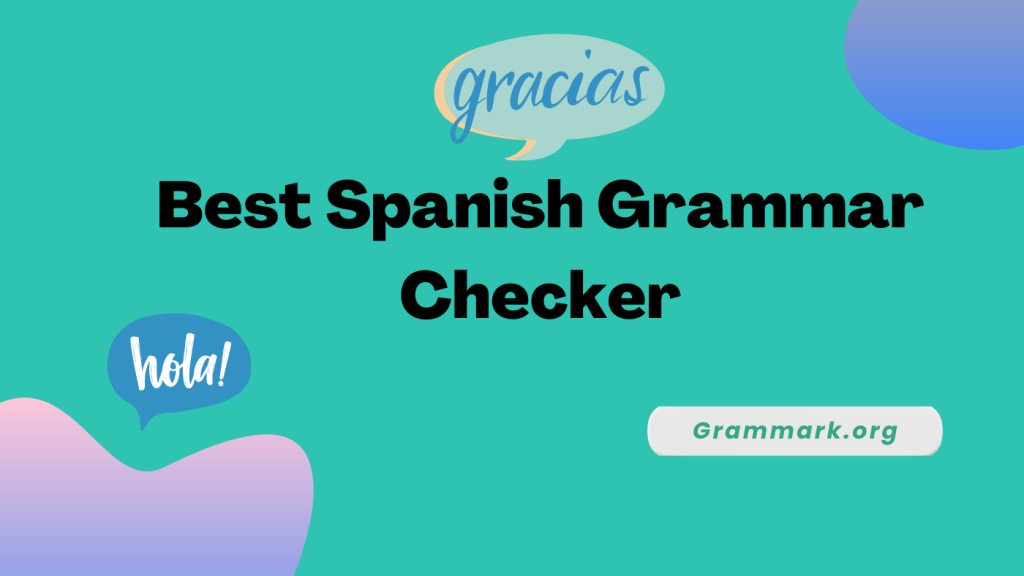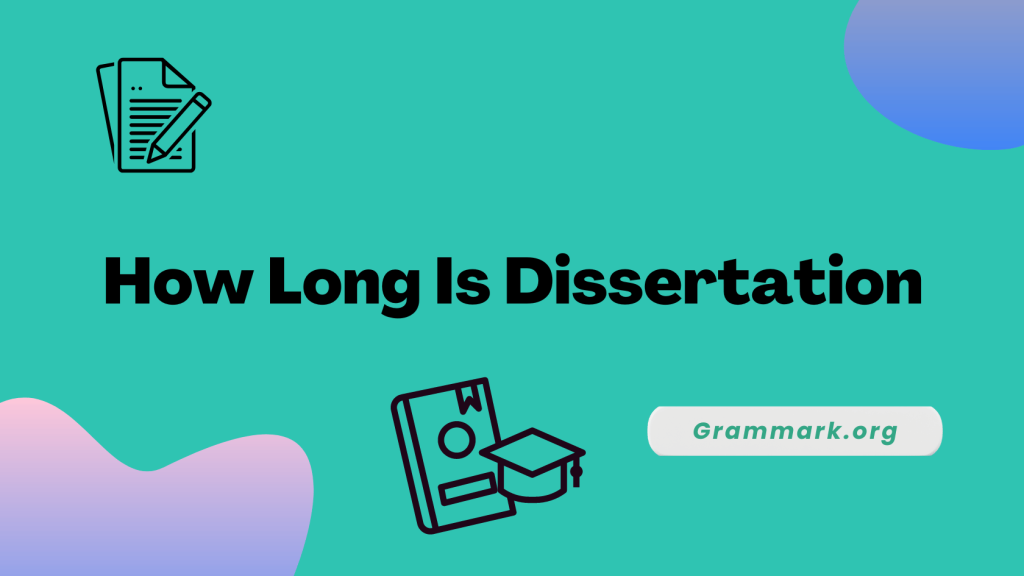Ernest Hemingway, a literary giant of the 20th century, left an indelible mark on American literature with his distinctive writing style and powerful storytelling. His works continue to captivate readers worldwide, exploring themes of war, love, and the human condition.
In this blog post, I’ll explore the top 10 Hemingway books that showcase his genius and have stood the test of time. From his groundbreaking novels to his short story collections, these works offer a glimpse into the mind of one of America’s most influential authors.
Who is Ernest Hemingway?
Ernest Hemingway is a titan of American literature. Born on July 21, 1899, in Oak Park, Illinois, he ventured into journalism before launching his career as a novelist. This earlier vocation allowed him to traverse the globe, gaining experiences that would later imbue his creative works with profound authenticity and evocative power.
Hemingway’s writing style was distinctive and groundbreaking. He described his own style as the ‘iceberg theory,’ a metaphor illustrating his narrative approach. Much like an iceberg, the weight of the narrative lies beneath the surface, unexpressed yet profoundly impactful. Hemingway’s novels and short stories are acclaimed for their terse, direct prose that places action and dialogue at the forefront, sidestepping overly descriptive passages.
Ernest Hemingway’s influence on contemporary literature is immeasurable. His contributions extend beyond stylistic innovations to fundamentally shape the broader literary landscape. His focus on authentic, lived-experience narratives has paved the way for many authors who followed him.
Top 10 Ernest Hemingway Books
Without further ado, let’s examine the cream of Hemingway’s literary crop, each complete with a summary and detailed exploration.
1. The Old Man and the Sea
Summary: Santiago, an aging Cuban fisherman, embarks on an epic battle of wills with a gigantic marlin in the Gulf Stream. His determination, resilience, and respect for the marlin exemplify the human spirit’s indomitable nature.
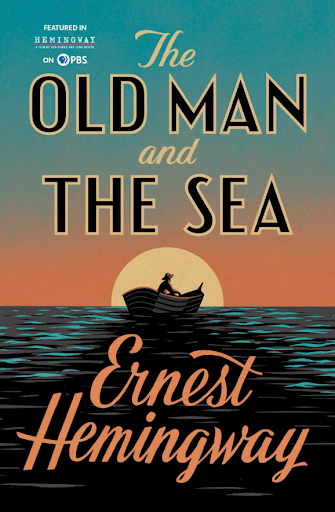
About the Book: Published in 1952, this Pulitzer Prize-winning novella showcases Hemingway at his most potent. The narrative is simple yet profound, exploring human endurance and the delicate balance between man and nature. Santiago’s respect for the marlin he struggles to capture adds a layer of ethical complexity to his endeavor, reflecting on the nature of life, struggle, and death.
2. A Farewell to Arms
Summary: Amidst the chaos of World War I, an American ambulance driver, Frederic Henry, and a British nurse, Catherine Barkley, engage in a desperate love affair. Their relationship offers a stark contrast to the war’s relentless brutality.
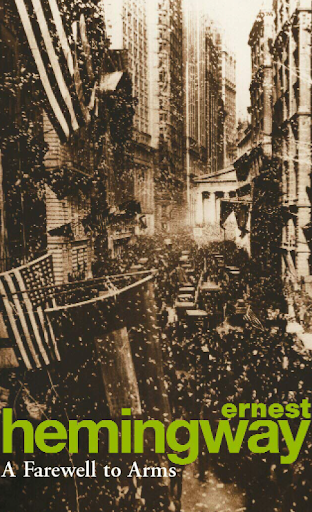
About the Book: First published in 1929, the novel delves into the harsh realities of war, juxtaposing them with the tender moments of love shared between Frederic and Catherine. Hemingway draws on his personal experiences from the war, weaving a narrative filled with stark realism, heart-wrenching tragedy, and emotional depth. The war’s brutal backdrop amplifies the story’s poignant exploration of love, loss, and disillusionment.
3. For Whom the Bell Tolls
Summary: Robert Jordan, an American volunteer in the Spanish Civil War, grapples with the harsh realities of war and his growing love for a Spanish woman, Maria.
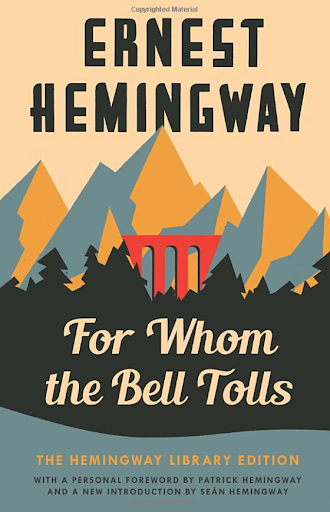
About the Book: Published in 1940, the novel reflects Hemingway’s experiences as a journalist during the Spanish Civil War. The narrative probes the brutal futility of war, portraying its psychological impact on the soldiers and civilians caught in the crossfire. The novel’s exploration of loyalty, sacrifice, and ideological disillusionment paints a poignant picture of the human cost of conflict.
4. The Sun Also Rises
Summary: A group of American and British expatriates navigates the tumultuous post-World War I. Portraying the landscapes in Paris and Spain, grappling with disillusionment, despair, and unrequited love.
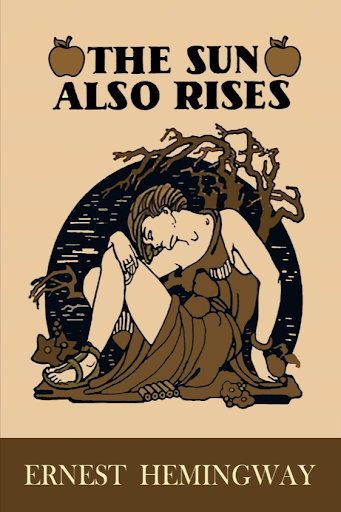
About the Book: As Hemingway’s first novel, published in 1926, it introduces readers to his unique narrative style and thematic concerns. The narrative offers an incisive exploration of the ‘Lost Generation,’ the post-war cohort characterized by disillusionment and a sense of purposelessness. Their hedonistic pursuits and interpersonal relationships shed light on the era’s social and moral shifts.
5. Death in the Afternoon
Summary: Hemingway shares his deep fascination with bullfighting in this non-fiction work, examining the sport’s cultural significance in Spain and probing its broader philosophical implications.
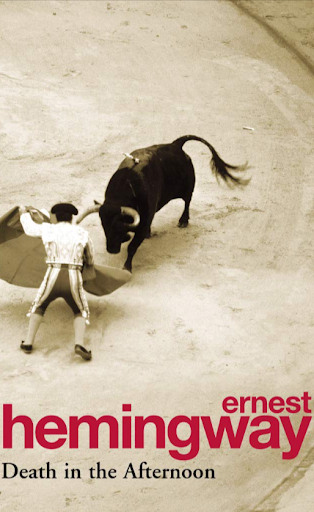
About the Book: Published in 1932, this isn’t a novel but a meticulous exploration of bullfighting as an art form. Hemingway’s appreciation for the sport goes beyond its thrill, delving into its rituals, history, and its eminent figures. The work serves as a thoughtful meditation on courage, fear, and the inevitable dance with death.
6. To Have and Have Not
Summary: Harry Morgan, a fishing boat captain, is forced into illegal activities to keep himself afloat during the Great Depression. His descent into crime underscores the desperation of the times.
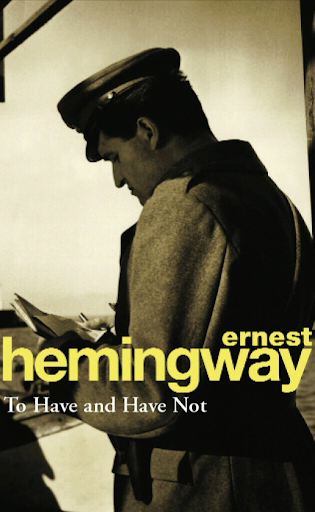
About the Book: Set in Key West and Cuba, this 1937 novel exposes the stark economic disparity and the lengths to which people will go to survive. Harry Morgan’s moral struggles offer a poignant exploration of survival, desperation, and the human capacity for resilience amidst dire circumstances.
7. Green Hills of Africa
Summary: In this non-fiction account, Hemingway recounts his safari adventures in East Africa, offering insights into the thrill of the hunt and the stunning beauty of the African landscape.
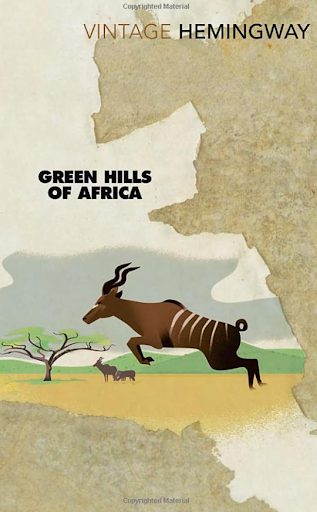
About the Book: Published in 1935, the work gives readers a glimpse into Hemingway’s love for adventure and the outdoors. While the narrative centers around big-game hunting. It transcends this premise to provide an introspective look into Hemingway’s views on nature, wildlife, and his own writing.
8. Islands in the Stream
Summary: Thomas Hudson, a successful painter, leads a solitary life on a Caribbean island, where he reflects on his personal and professional journey.

About the Book: Published posthumously in 1970, the novel is divided into three parts – each reflecting a different period of Hudson’s life. Hemingway’s depiction of the landscape is as powerful as his exploration of loss, isolation, and the artist’s struggle. Hudson’s introspection, coupled with the rich backdrop, gives readers a profound examination of life’s ephemerality.
9. The Short Stories
Summary: Hemingway’s collection of short stories, including ‘The Snows of Kilimanjaro’ and ‘The Killers,’ showcase his mastery of the short form.
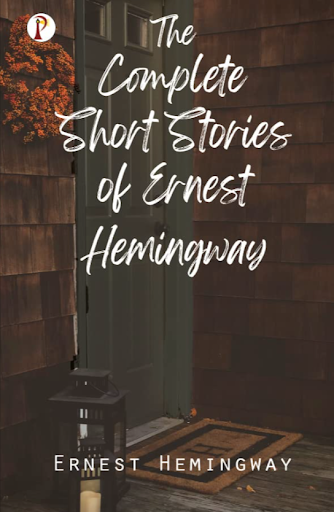
About the Book: Hemingway’s short stories are a testament to his command over narrative brevity and depth. Whether exploring existential despair in ‘The Snows of Kilimanjaro’ or the inevitability of fate in ‘The Killers’. Hemingway demonstrates a remarkable ability to evoke rich worlds and complex themes within the constraints of the short story format.
10. The Garden of Eden
Summary: A young couple, David and Catherine, embark on an unconventional exploration of love, sexuality, and identity during their extended honeymoon in Europe.

About the Book: Published posthumously in 1986, the novel breaks away from Hemingway’s traditional themes to explore the complexities of gender and identity. Through David and Catherine’s evolving relationship, Hemingway challenges traditional gender roles and probes the fluid nature of sexual identity.
Also Read:
Conclusion: Hemingway Books That You Must Head
Ernest Hemingway’s life and literary achievements continue to fascinate readers and critics alike. His distinctive narrative style and commitment to authenticity have left an indelible mark on the literary world.
These ten books epitomize Hemingway’s literary prowess, offering readers a captivating blend of adventure, introspection, and a deep exploration of the human condition.
Whether you’re a seasoned literature enthusiast or a curious reader looking to explore classic literature, Hemingway’s books are a treasure trove of literary brilliance.
FAQs: Hemingway Book
Hemingway’s ‘iceberg theory’ posits that the deeper meaning of a story should not be evident on the surface. Much like an iceberg, the most substantial part of the story is what lies beneath the surface, implied but never explicitly stated.
Hemingway’s first published work was ‘Three Stories and Ten Poems,’ published in 1923. However, his first major novel was ‘The Sun Also Rises,’ published in 1926.
Hemingway’s writing style is renowned for its brevity and directness. He avoided verbose descriptions and favored short, straightforward sentences, allowing the action and dialogue to drive the narrative. This approach provides a sense of immediacy and authenticity to his storytelling.
‘The Old Man and the Sea’ is often recommended as a starting point for new readers due to its relatively short length and the directness of its narrative. However, ‘A Farewell to Arms’ and ‘The Sun Also Rises’ are also excellent introductions to Hemingway’s work.
Common themes in Hemingway’s works include war, love, loss, disillusionment, and the nature of masculinity. He often explored his characters’ struggles and existential crises against the backdrop of larger socio-political upheavals.

